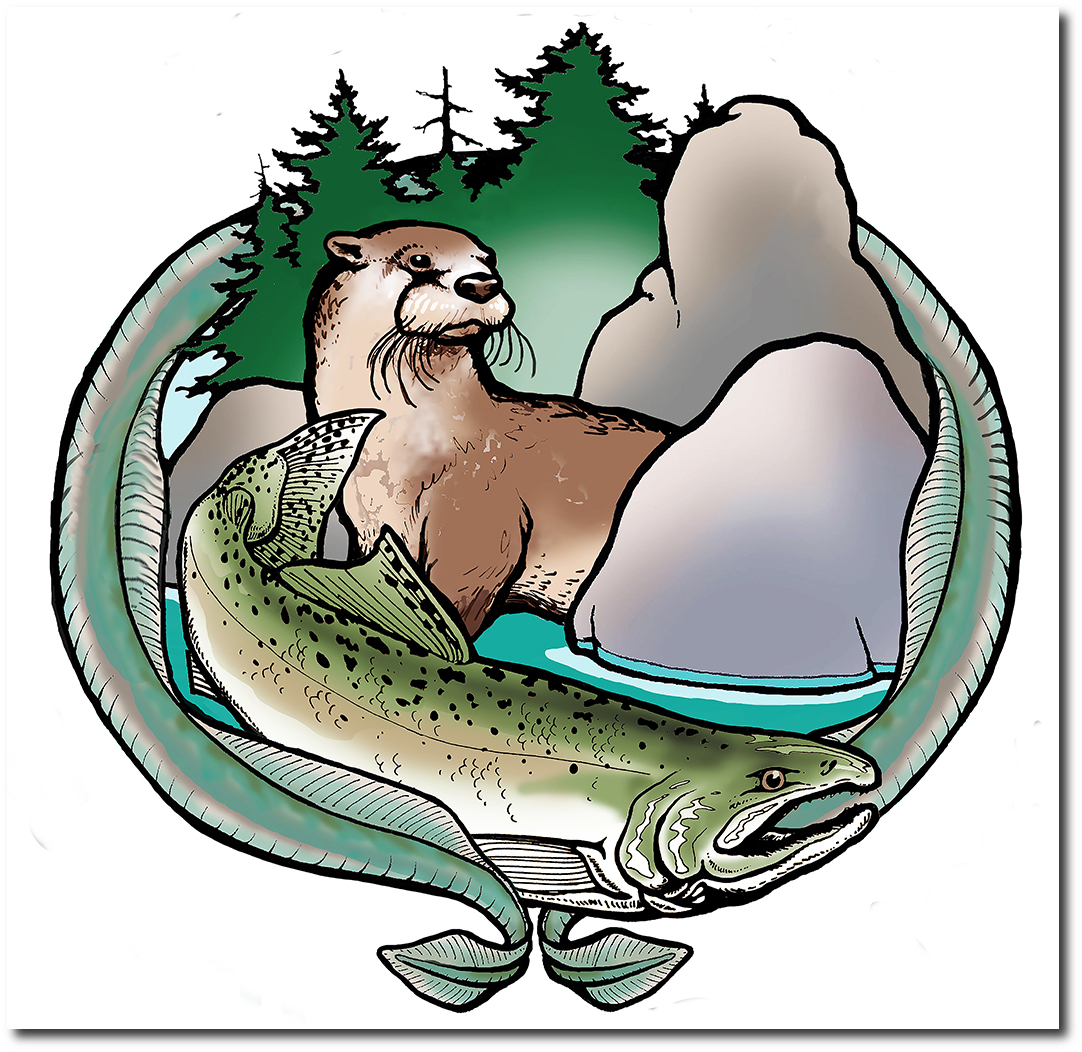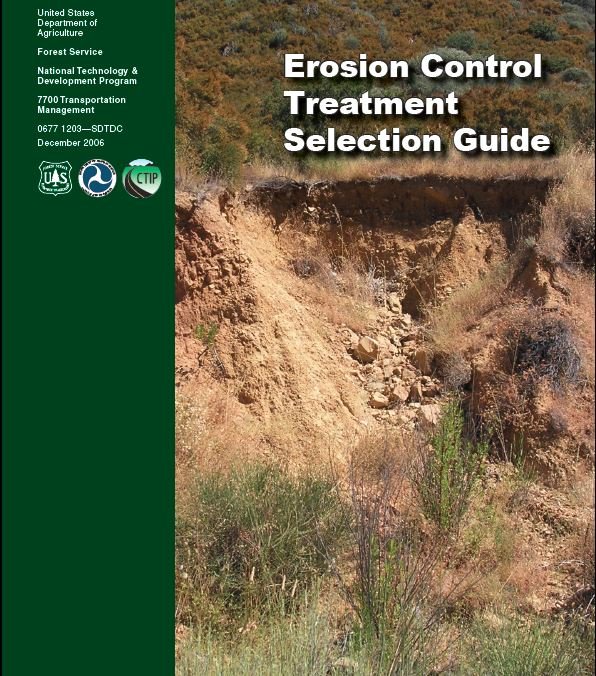Erosion
The Varnhagen Meadow project on the Cahto Creek Ranch started out with an erosion control focus but that broadened to include hydrologic restoration, oak woodland revitalization, and expanding the area of native grasses and plants. The meadow can become a demonstration project for the community to learn about grassland restoration so lessons can be applied more widely in the Tenmile Creek watershed.
The Final Tenmile Creek Sediment Source Control Varnhagen Meadow Basis of Design Report
Gullies most commonly form on unarmored slopes when water is deflected into flow paths where it has never run before. Past over-grazing or timber harvest may have initiated gullies as a result of compaction and increased surface flow. Road drainage is a major trigger for gully formation. If left untended, gullies will continue to down-cut and sometime move upslope, which is called headward erosion. Gullies are also associated with disrupted hydrology, as they drop the water table, which in turn may favor non-native grass and forb species.
Roads form an impervious surface that can concentrate water during intense rainfall and discharge water with considerable erosive force, especially if the road is steep. Drainage is often carried in road-side ditches and problems arise when the water is routed over an unarmored hillslope. The longer the ditch length without a relief culvert or “cut-out”, the greater the amount of water and also usually resulting hillslope erosion. Out-sloping roads so that they discharge along the entire roadway is optimal, and this method allows greater infiltration and recharge of groundwater.
This culvert has created a depression below the downspout, which is sometimes called a shotgun culvert. The culvert could have been installed lower or at a different grade to lessen the energy of the discharged water and there should have been copious amounts of large rock to armor below the down-spout. Additionally, whenever there is erosion like this, it usually means that too much water is being routed in this path. Therefore, reducing the flow and redirecting water elsewhere must always be considered.
We highly recommend the U.S. Forest Service (2006) publication entitled Erosion Control Treatment Selection Guide as an in-depth reference on gully erosion. The guide includes classification of gully systems and explanations of how and why they form, including the influence of soil types. The recommendations for treatment of gullies is accompanied by a discussion of selection of proper treatment methods. ERRP hopes to utilize many recommended methods in the Tenmile Creek watershed, but to have them constructed out of wood that is derived from nearby forest health projects.
Erosion control in the past often involved metal fence posts, wire gabions and other non-degradable elements; ERRP plans to have all structures built of out wood. Wood can be made into stakes and pounded into the ground and into boards to form check dams. Smaller material and brush could also be used in gullies to slow water flow and trap sediment in appropriate settings. The figure at left shows use of willows in gully erosion control. We favor the use of bioengineering in cases where it is appropriate.
We have been working on a Forest Health Management Plan template that would allow landowners to implement forest health utilizing grant resources but none of the wood harvested can be sold. The answer to what to do with the wood may be to bury it. This is based on historical use of buried wood to enrich soil moisture and fertility in Austria and Germany, which is known there as Hugelkultur. Might we be able to help restore watershed hydrology and soil moisture and fertility with these methods while sequestering enormous amounts of carbon?






